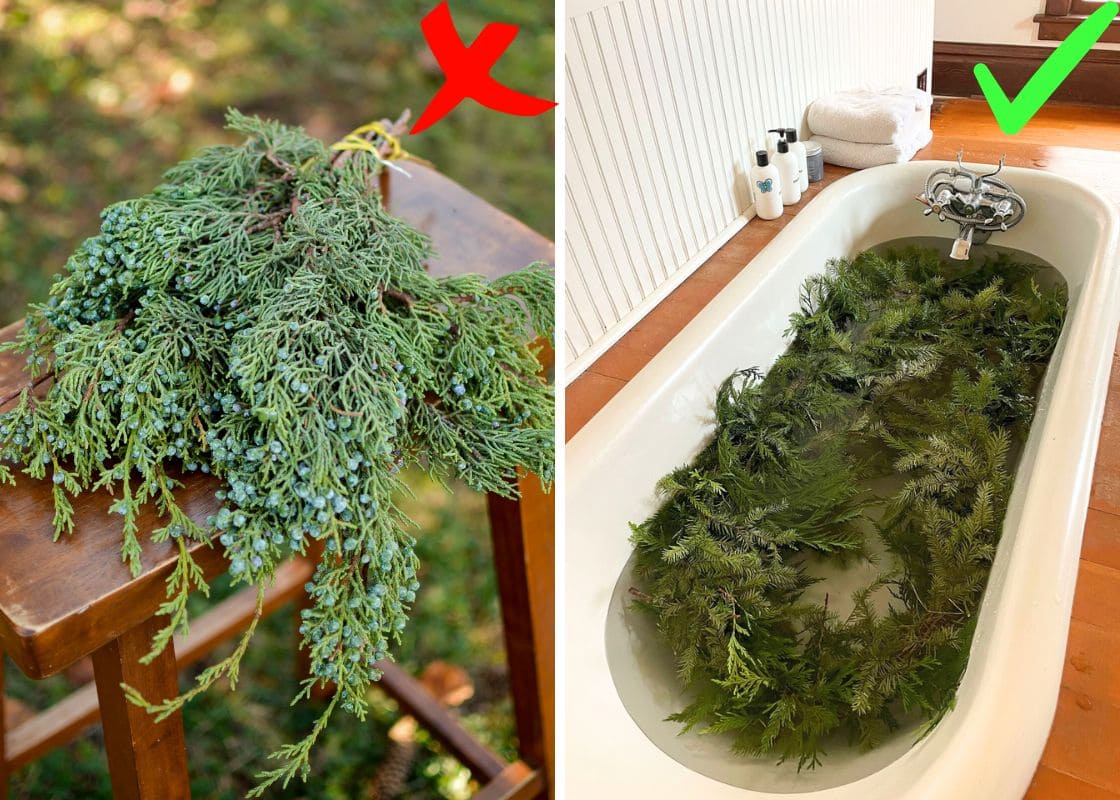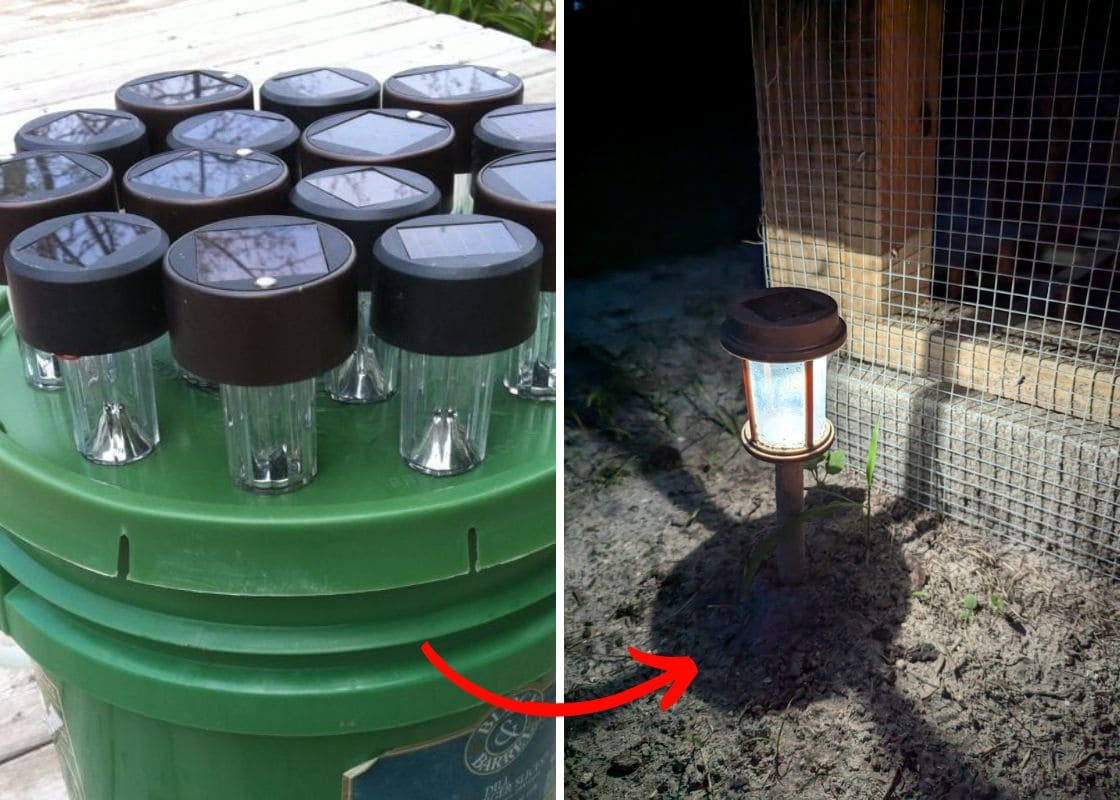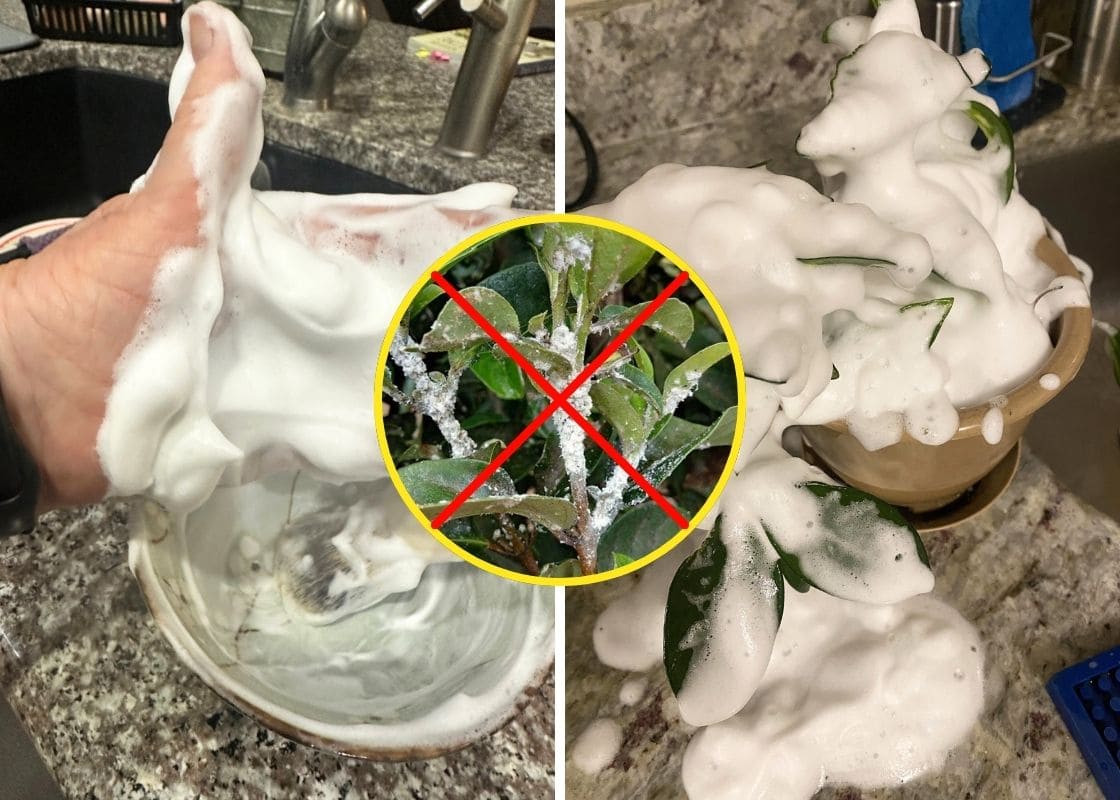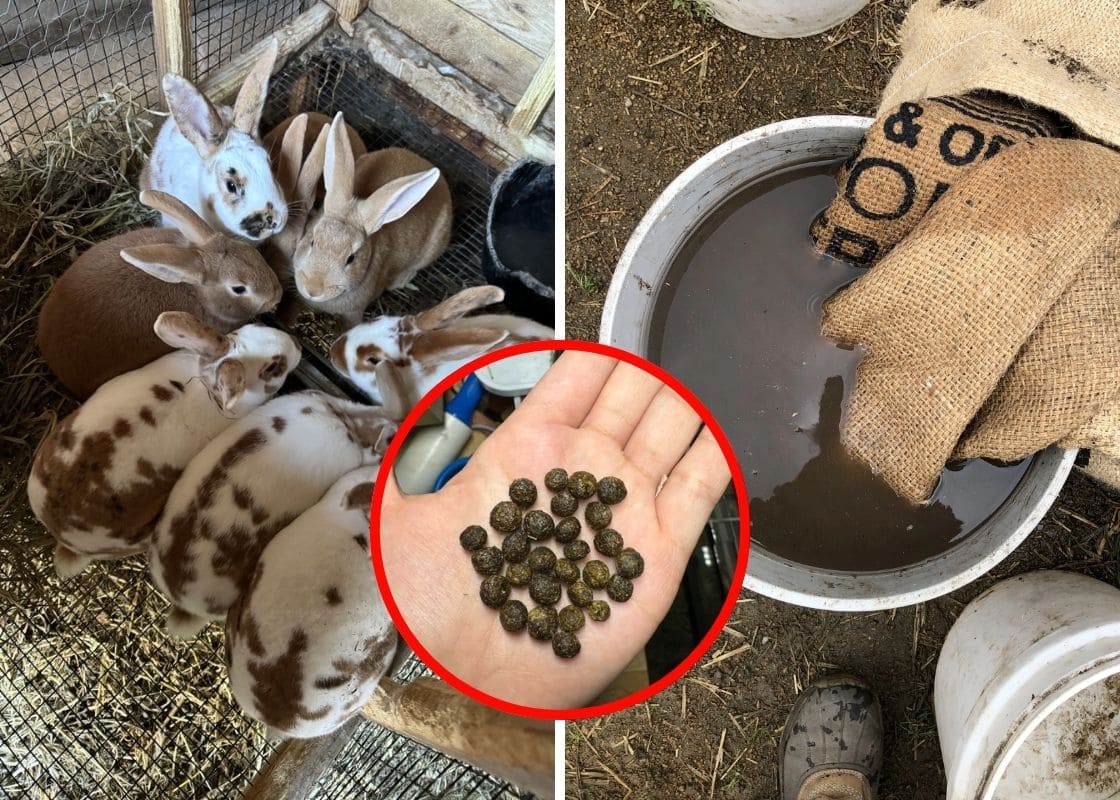There’s something undeniably magical about hydrangeas, not just their fluffy blooms or lush green leaves, but the fact that they can change color based on what’s going on underground.
If you’ve ever planted a pink hydrangea and watched it turn blue the following year, you’re not imagining things.
It’s real. It’s chemistry. And yes, you can learn to control it.
Why Do Hydrangeas Change Color?
The secret lies in the soil. Specifically, in the pH level, that’s the measure of how acidic or alkaline your soil is.
Certain types of hydrangeas, especially Bigleaf (Hydrangea macrophylla) and Mountain hydrangeas (Hydrangea serrata), react to these pH levels by changing the color of their flowers.
Here’s the quick science:
- Acidic soil (pH below 6.0): The plant can absorb aluminum, turning the blooms blue or lavender-blue.
- Neutral to alkaline soil (pH 6.0–7.0+): Aluminum becomes unavailable, so blooms turn pink, hot pink, or even red.
Meanwhile, white hydrangeas (like Annabelle or Limelight) don’t change color at all. Their beauty stays constant, no matter the pH.
First Step: Test Your Soil’s pH
Before trying to shift your hydrangea’s hue, find out what you’re working with.
You can pick up a soil test kit at any garden center or use a digital pH meter. Just take a small sample from the root zone about 6 inches down and follow the instructions on your test kit.
For those who love numbers:
- Below 5.5: Expect blue blooms
- 5.5 to 6.0: Likely purple or violet
- 6.0 to 6.5+: Expect pink to deep pink flowers
How To Make Hydrangeas Blue
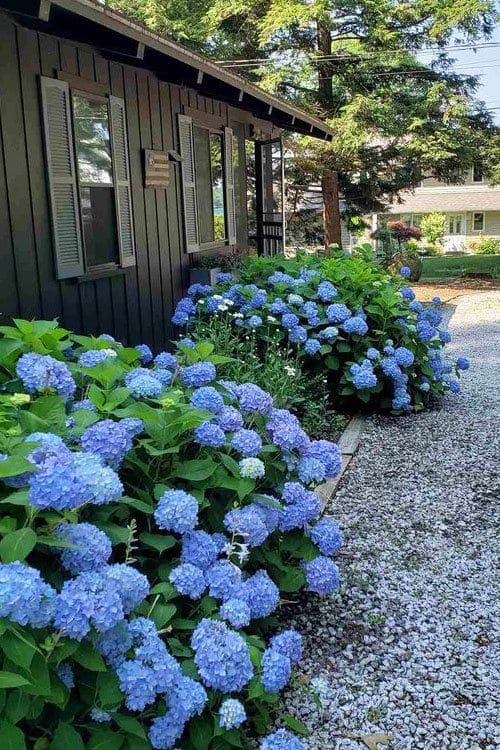
If you’re dreaming of cool-toned blues and purples, you’ll need to lower your soil pH and make aluminum available to the plant.
Here’s how: Mix aluminum sulfate into the soil around the base (1 tablespoon per gallon of water, monthly during the growing season).
Next, add organic matter like pine needles, coffee grounds, or peat moss to gently increase soil acidity, then water with rainwater if possible as tap water is often slightly alkaline.
Finally, maintain a soil pH of 5.2 to 5.5 for the bluest results. Just remember, changes won’t happen overnight. It may take a season (or two) to see the full effect.
How To Turn Hydrangeas Pink

Going for bold and romantic pink blooms? You’ll need to raise the pH and keep aluminum away from the roots.
Try this: Add garden lime (dolomitic lime) around the base of the plant in early spring, then use phosphorus-rich fertilizer (avoid those high in nitrogen or aluminum).
Avoid acidic mulches and composts that might lower your pH again. You should im for a pH between 6.0 and 6.4 for strong pink blooms.
What About Purple Hydrangeas?
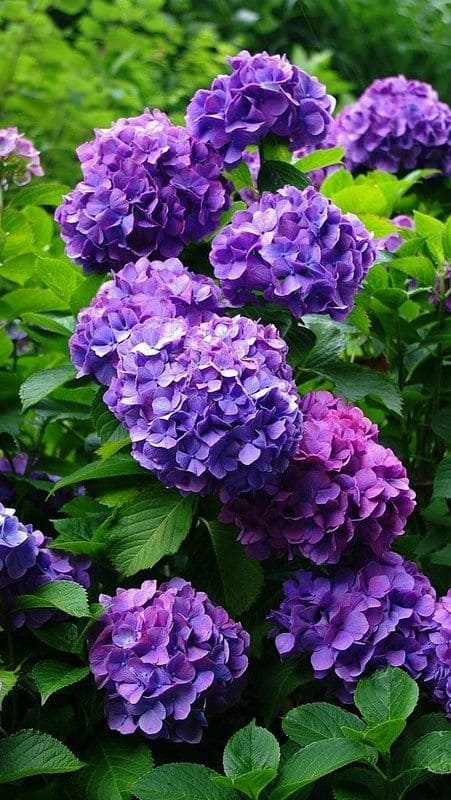
Purple blooms are what happen when your pH level sits in that sweet middle zone, somewhere around 5.5 to 6.0. They’re unpredictable, but often stunning.
If you’re not aiming for a specific color and just want a touch of whimsy, this might be the easiest path: do nothing and enjoy the surprise.
A Few Color-Tweaking Tips
- Container-grown hydrangeas are much easier to control since you can manage every drop of water and handful of soil.
- Color shifting doesn’t happen instantly. Give your plant a full season (or even two) to adjust.
- Always feed and water properly. A stressed hydrangea won’t color up well no matter how perfect your soil is.
- Don’t push too hard. Drastic chemical changes can harm roots or throw off your soil’s natural balance. Go slow and steady.


